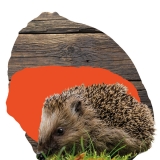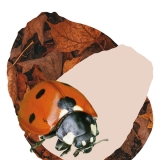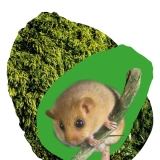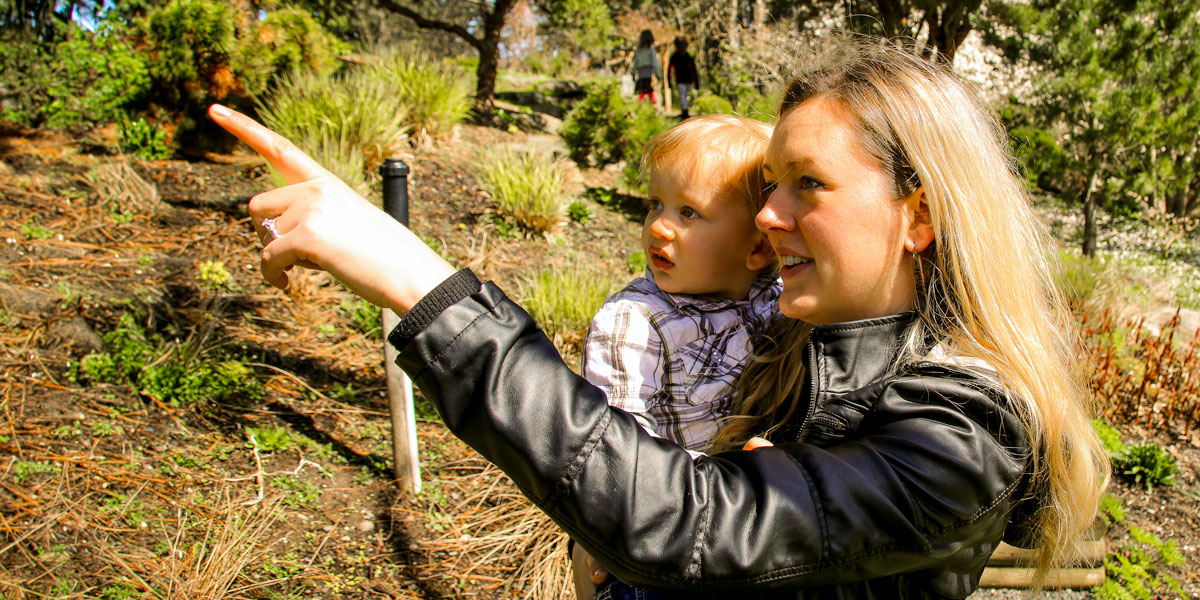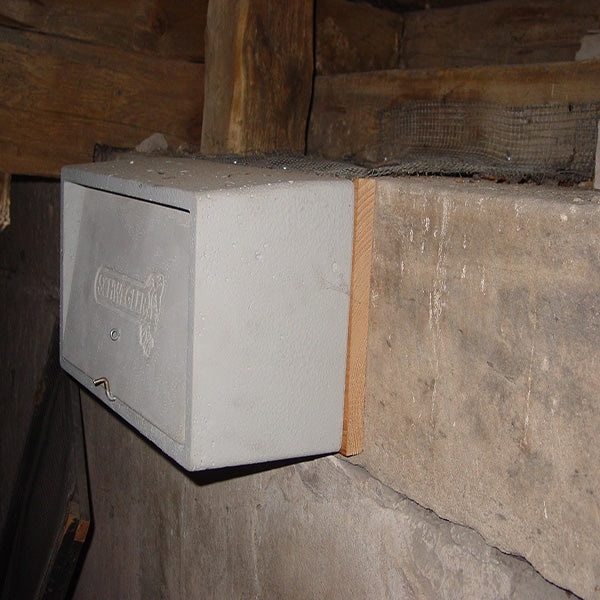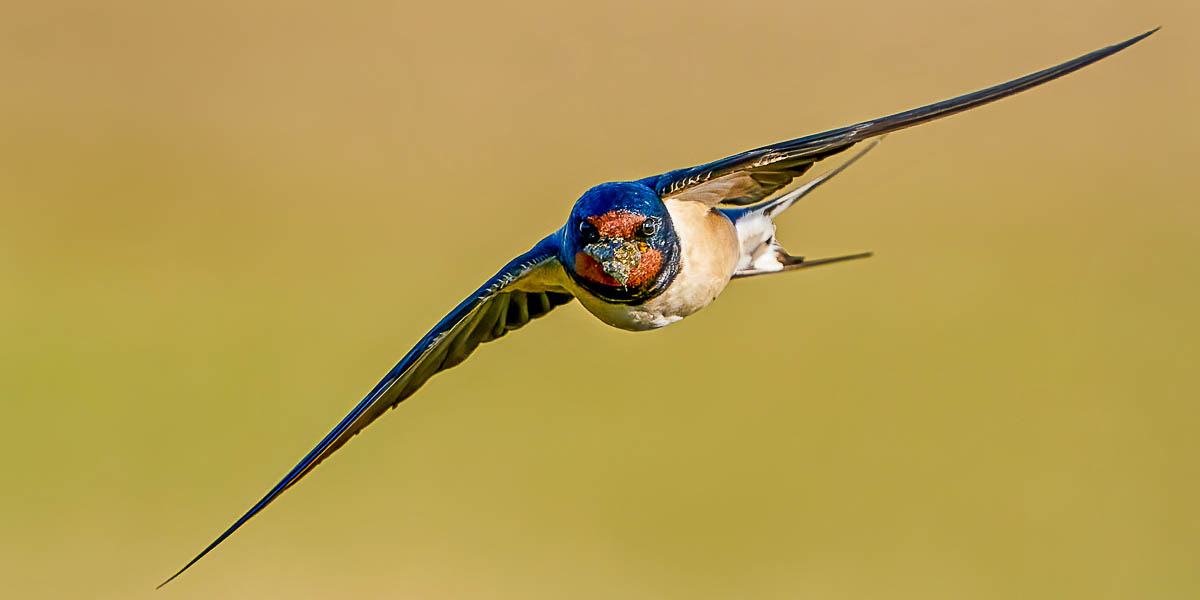Explore Our Garden Wildlife Blog
Browse or search by Category or Keyword below, alternatively click on any Tag to see related articles.
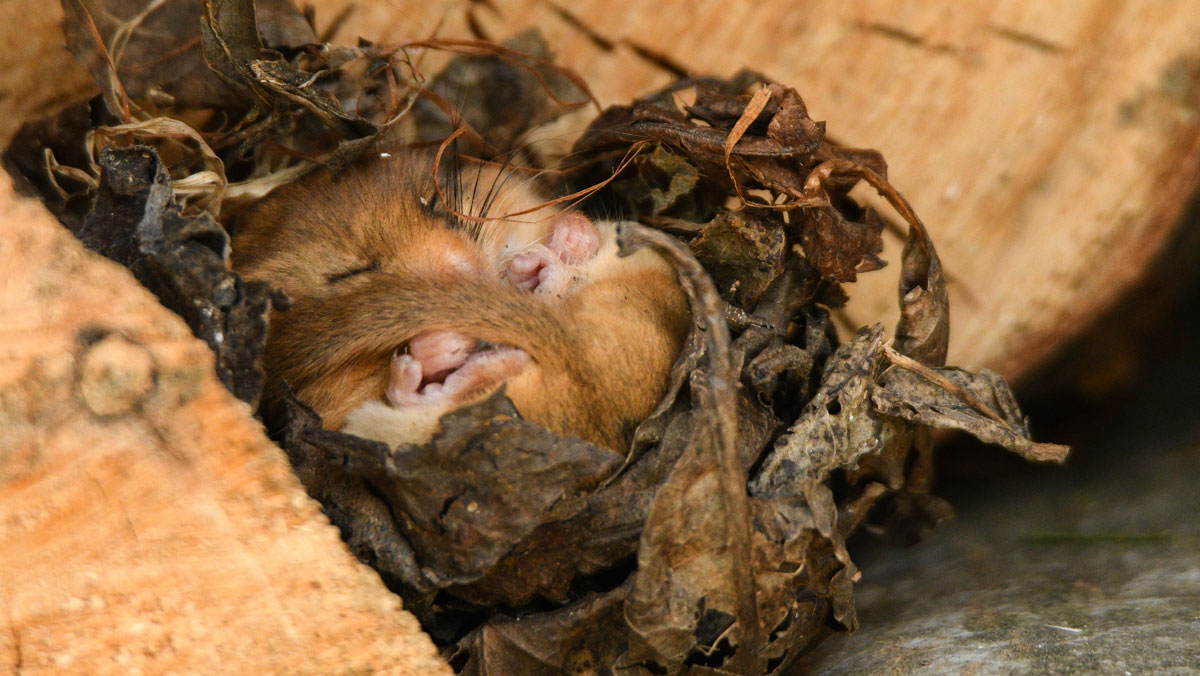

Baby it’s Cold Outside
By Sean McMenemy
11th February 2020
Last Updated: 1st July 2022
Another year draws to a close and as families gather, celebrating Christmas with feasts of food and roaring fires, I thought I’d spare a thought for the wildlife left outside, in our gardens and wider countryside.
Wildlife and humans alike, have all enjoyed the growing seasons of spring and summer. From the first time the sun was strong enough to warm our backs to the earth scorching heat of August and beyond. The sounds of bird song, the buzz of insects and the rustling tree leaves were constant reminders of the abundance of busy wildlife all around us. But now the days are short and the nights cold, we are driven back into our centrally heated homes, leaving our wildlife out there, but where?
Food and warmth are our life blood, and while we can retreat to our well-stocked cosy houses, our wildlife has had to develop their own strategies. Colder weather in Britain is announced by our trees turning red and gold, our perennial borders dying back, and swallows gathering on telephone lines before flying south. These are all obvious survival tactics but there are many more.
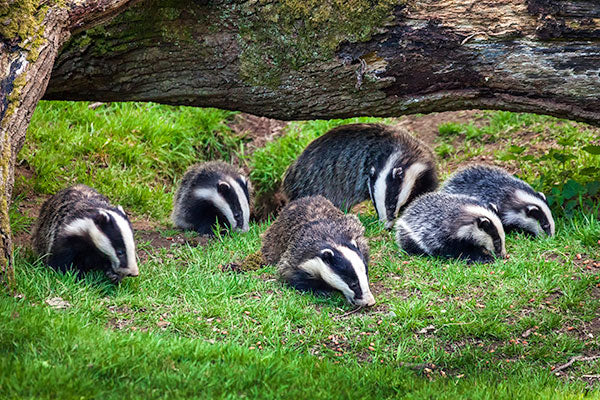

Most people know that bats and hedgehogs hibernate during winter and so it seems logical that all small mammals do likewise, but mice don’t. They’ll stay busy throughout winter even making tunnels under the snow to forage for food. In fact, if their food stores remain plentiful, they’ll even continue breeding and raise winter families!
Badgers are another mammal often believed to hibernate, but this is not so. Instead, they fatten up on the autumn glut and this in turn allows them to ‘stay in’ during bad weather, only appearing on clear bright nights. This helps keep their homes clean and dry and allows the sows to have their babies safely in the depths of winter. The cubs happily snuggle together and remain there, feeding on mothers’ milk, so content they won’t even stick a nose out of the sett until late spring and good weather arrives.
Ants are a dominant feature of our summers, appearing on lawns around houses and always on a picnic. Come winter, they’re generally forgotten but they’re still there, hibernating alongside their queen waiting for the warm days of spring. Wood ants even carry out special maintenance of their hills to protect them against snow and strong winds. Whole ant colonies live many, many years through cooperation and planning.
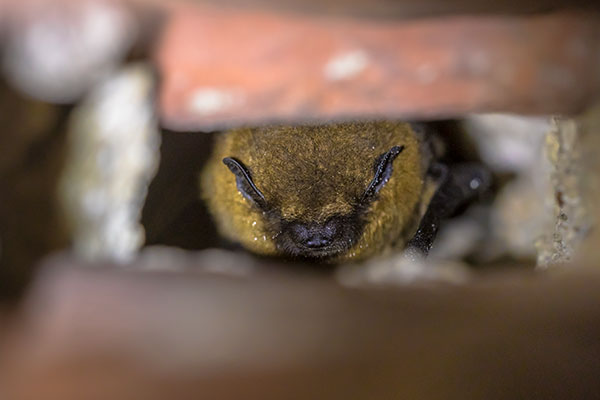

Butterflies and moths ever present in summer are not seen in winter because they’re hidden away. They do not hibernate but instead become dormant, a diapause. They are suspended in time and this can happen at all life stages, eggs, caterpillars, pupae and adults. It varies by species but when the seasons turn cold, many caterpillars just hide in the soil and stop developing until the weather is favourable again. Grasshoppers and crickets lay eggs in the soil in late summer, where they remain until hatching the following spring. Ladybirds on the other hand all overwinter as adults, often huddling together in clusters in their preferred locations.
Of all the strategies, and all the creatures, I must conclude my story with our hazel dormouse. Yes, this mouse hibernates. In a delicate woven nest of grass, curled up with its paws and nose tucked under its hairy tail. This is simply the cutest, most heart-warming sight and the perfect note on which to wish you a warm, safe and very Merry Christmas.
Related Articles:
How Do Birds Stay Warm During Cold Winter Nights?
Budge Up!
Yuletide, Yule Logs and Christmas Trees
Millie prepares for winter






